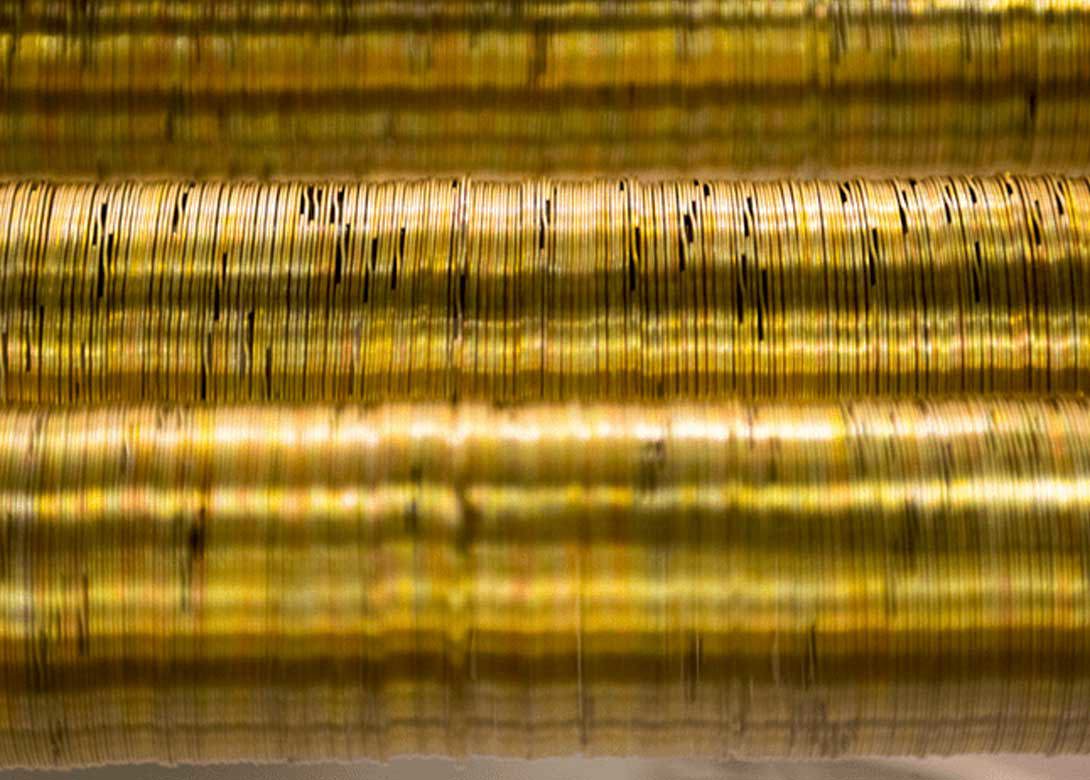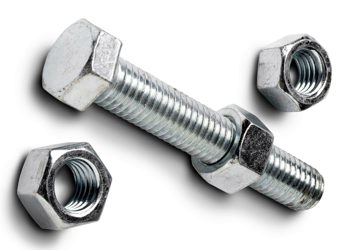

Whether you need added corrosion resistance or simply want to change the appearance of your part, TFC Ltd offers a wide range of finishing processes to ensure retaining rings and springs perform the way that they need to in specific applications. Below is a list of some of the more common choices that are available from TFC.
Oil dip - a standard finish for all of Smalley’s products produced in carbon steel. The oil provides resistance to corrosion in transport and in normal storage. The oil dip finish should not be considered a permanent finish.
Vapor degrease/ultrasonic clean - is the standard cleaning process used for all stainless steel parts. The process removes oil, grease, and other organic compounds from the parts’ surface. Ultrasonics are used as part of the process to force the solvent to act between the turns of the ring or spring.
Vibratory or hand deburring - an optional process that Smalley can provide to remove burrs and to break sharp corners and edges that may occur on the gap ends due to the cut-off operation after coiling. Circumferential surfaces and edges of Smalley parts are already smooth due to the nature of the flat wire and do not require deburring.
Passivation - an optional cleaning process available for stainless steel. It provides a bright finish and increased corrosion resistance. Passivation dissolves iron particles and other substances that have become embedded in the surface of the material during production. If not dissolved and removed, these contaminants could promote rusting, discolouration, or pitting in more corrosive environments.
Black oxide - a finish that provides a flat black appearance that is generally used as an aesthetic change instead of an improvement in corrosion resistance.
Zinc plating - is used on carbon steel to increase the corrosion resistance of the product. It is sometimes used as a more cost-effective alternative to other platings or stainless steel. Smalley’s standard zinc platings, Type V and Type VI, are RoHS compliant. Zinc plating does not guarantee coverage between the turns of multiple turn rings and springs. (The process does subject the part to the possibility of hydrogen embrittlement. We offer stainless steel as a preferable alternative.)
Zinc phosphate – (also known as “Parkerising) can only be applied to carbon steel. It appears grey-black in colour and has superior corrosion resistance to black oxide, but inferior to zinc plating or stainless steel.

Having spent a decade in the fastener industry experiencing every facet – from steel mills, fastener manufacturers, wholesalers, distributors, as well as machinery builders and plating + coating companies, Claire has developed an in-depth knowledge of all things fasteners.
Alongside visiting numerous companies, exhibitions and conferences around the world, Claire has also interviewed high profile figures – focusing on key topics impacting the sector and making sure readers stay up to date with the latest developments within the industry.





